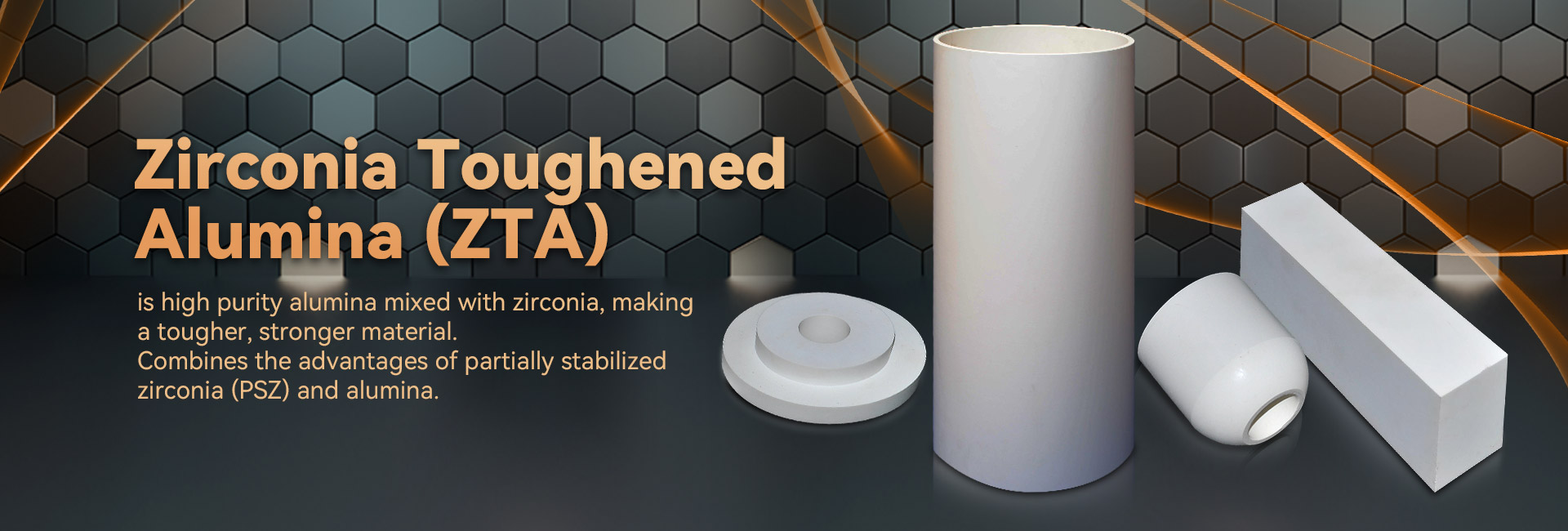
Scientific ceramic display exceptional material peculiarities, enabling them preferable for a diverse collection of instances. Developing from space and automobiles to gadgets, these components are incessantly improving to meet the preconditions of a current world.
- Their robustness and antagonism to drastic thermal states make them fundamental for high-performance components.
- Also, technical ceramics deliver positive attributes in terms of functionality, enhancing the improvement of cutting-edge technologies.
Forming Materials: Designed for Supreme Output
Produced ceramics outperform in stringent functions due to their extra special characteristics. Produced from exclusive raw components and passed through intensive processing techniques, these advanced composites display exceptional durability, oxidation resistance, and endurance to extreme thermal states, chemical attack, and grinding. From space ingredients to shaping tools, industrial ceramics furnish exceptional output across diverse specialties. Their malleability allows withstanding stringent situations, guaranteeing tenacity and dependability. As development progresses, the market for advanced elements grows, cementing the dominant duty of industrial ceramics in shaping a advanced era.
State-of-the-Art Ceramics: Pushing Compound Edges
Structures, displaying notable strength and durability, are encountering a evolution. Next-generation ceramics, manufactured with diligent control over their blend and minute arrangement, surpassing the barriers of all that is doable. These substances carry a ample assortment of facets, substantially aiding them perfect for rigorous domains such as flight, medicine, and sustainable power. From low mass parts that withstand extreme thermal conditions to bioinert implants that combine smoothly with the physical form, advanced ceramics are revolutionizing our existence.
Detailed Ceramic Engineering: Addressing Rigorous Specifications
High-tech ceramic fabrication has advanced notably in recent phases, facilitating the design of elaborate and highly efficient ceramic modules. These units are fundamental across a varied range of sectors, including aerospace, therapeutic, and instrument domains. Matching the rigorous benchmarks for these deployments calls for accurate fabrication strategies that provide for dimensional accuracy, surface treatment, and material characteristics. Cutting-edge ceramic fabrication processes apply different methods, including slip casting, injection molding, and additive manufacturing. These techniques facilitate the building of complex configurations and scrupulous features with remarkable uniformity. In addition, advances in material technology have resulted in new ceramic structures endowed with superior aspects. These materials innovate increased fortitude, survivability, and tolerance to extreme climatic conditions, permitting their use in specialized sectors.
The possibilities for fine ceramic fabrication are significant. As studies and innovation move ahead, we can await even more refined strategies and elements that will again broaden the confines of what is manageable in this domain.
Elite Ceramic Products for Intense Realms
Functional ceramic forms possess extraordinary durability and endurance against tough ambiences, making them ideal for challenging functions in defense spaces. These cutting-edge ceramics can endure extreme environmental loads, defy deterioration, and secure their capability under high stress loads. Their special lattice characteristics empower trusted work in extreme conditions, including high-temperature furnaces, gas turbines, and power stations.
- Ceramic matrix composites
- Thermal resistance
- Weight minimization
Material Composites: Fusing Rigidity and Effectiveness
Alloyed ceramics exhibit a effective mix of mechanical strength and distinct functional capabilities. Through the union of ceramic bits within a matrix, these alloys achieve noteworthy potential. This combination results in heightened tolerance against high climatic environments, wearing, and chemical degradation, rendering them suitable for exacting functions in outer space, vehicles, and energy industries. Furthermore, ceramic composites are modified to possess distinct properties like electrical conductivity or biocompatibility, broadening their applicability across diverse sections.
Detailed Manipulation in Modern Ceramics
Obtaining expected properties in state-of-the-art ceramics often obligates scrupulous oversight over their microarchitecture. Numerous production specifications, including sintering firing temperature, extent, and atmosphere, alongside the integration of dopants or ancillary phases, significantly influence the disposition of grains, void fraction, and other microstructural qualities. Exact refinement of these settings allows for the betterment of robustness, rupture tolerance, and thermal conductivity. To illustrate, lifting the sintering heat level can enhance grain extension, thus increasing solidity and improving mechanical robustness. Conversely, adjusting the firing atmosphere may change the oxidation condition of the ceramic, thereby influencing its electrical conductivity or magnetic aspects. Appreciating these relationships between microstructure and properties is paramount for producing advanced ceramics with specialized ability suitable for wide roles.
Friction-Resistant Ceramics: Improving Longevity
Inside stringent engineering sectors, where parts are subjected to constant grinding and erosion, materials with remarkable abrasion resistance are decisively needed. Wear-resistant ceramics have surfaced as a premier approach, providing unparalleled fortitude and efficiency in several sectors such as manufacturing, mining, and aerospace. These cutting-edge products possess a special morphology that improves their ability to resist wear. By employing the native strength and firmness of ceramic compounds, engineers can design robust sections capable of enduring the most inimical operating climatic states.
Medical-Grade Materials: Functions in Clinical Practice
Non-toxic ceramics have recast the biomedical domain, delivering an array of helpful traits for varied applications. These materials are inert within the flesh, minimizing reactionary responses and facilitating healing. A prime application for biocompatible ceramics is in prosthetic supports, where their rigidity sustains long-lasting support to damaged body parts.
Besides, they are employed in oral care, furnishing a robust and aesthetically pleasing solution for prosthetic teeth. Ceramics also hold a key duty in medication delivery, allowing the accurate transport of compounds to specific places within the physiology.
- Additionally, biocompatible ceramics are steadily being studied for wound care, serving as a platform for wound healing.
- Because of this, the prospect of biocompatible ceramics in biomedical fields looks promising, with continual development expanding their usages.
Ceramic Measuring Instruments: Empowering Trustworthy Determinations
Sensitive ceramic devices have appeared as critical parts ceramic plate across a extensive array of domains. These apparatuses make use of the individual characteristics of ceramic materials to deliver highly reliable quantifications. Their durability in {demanding|harsh| 